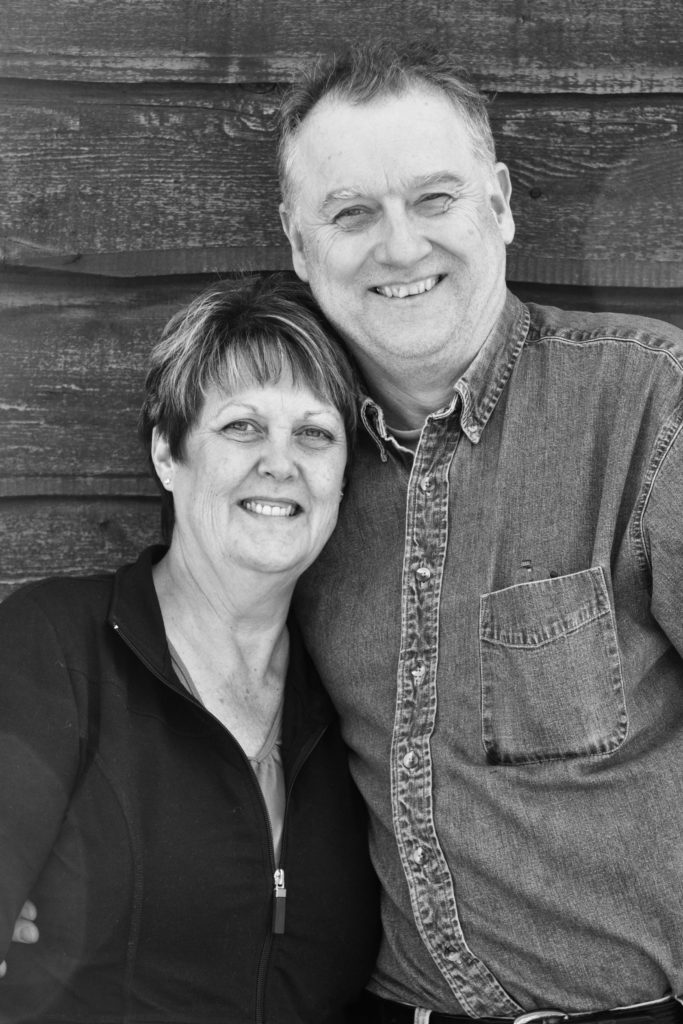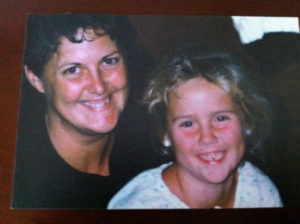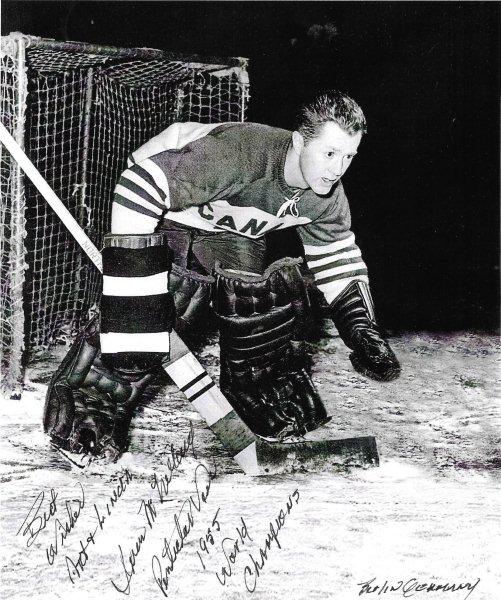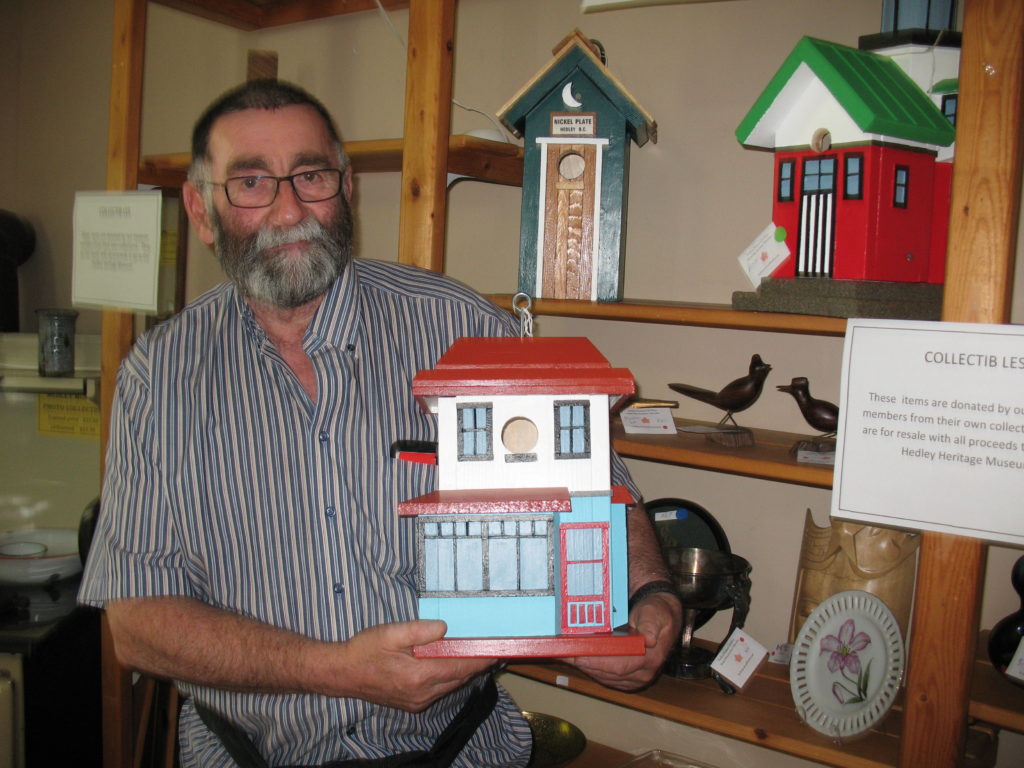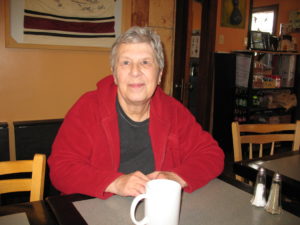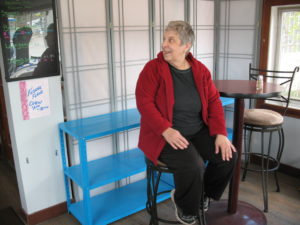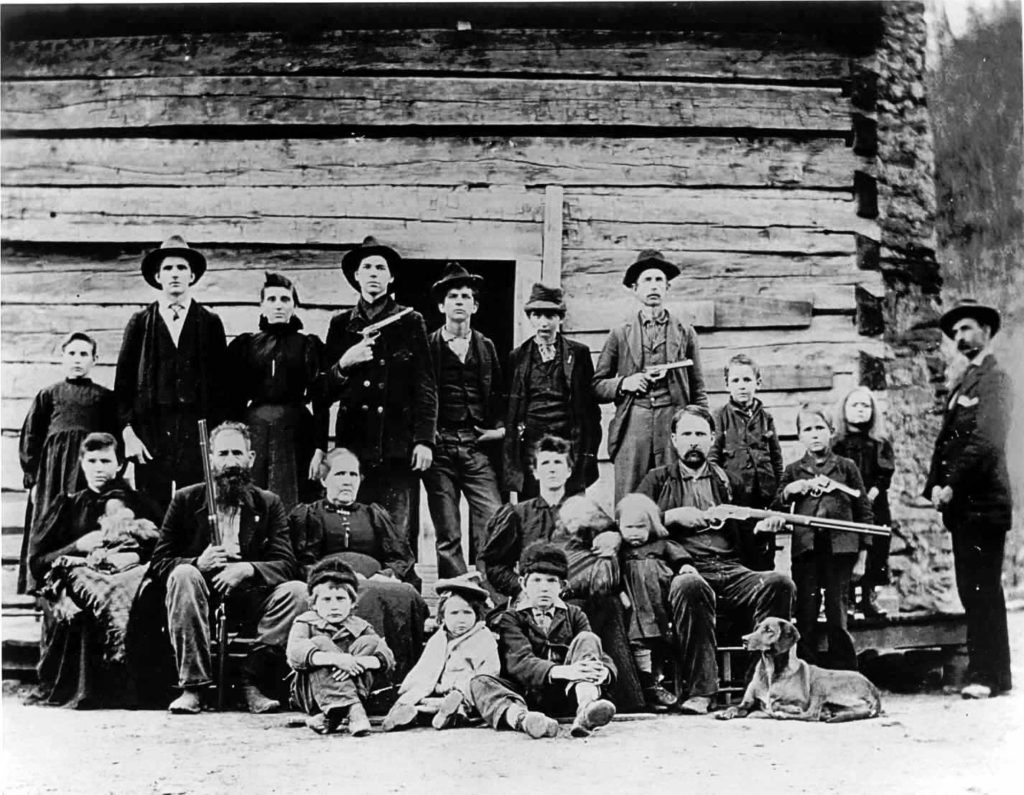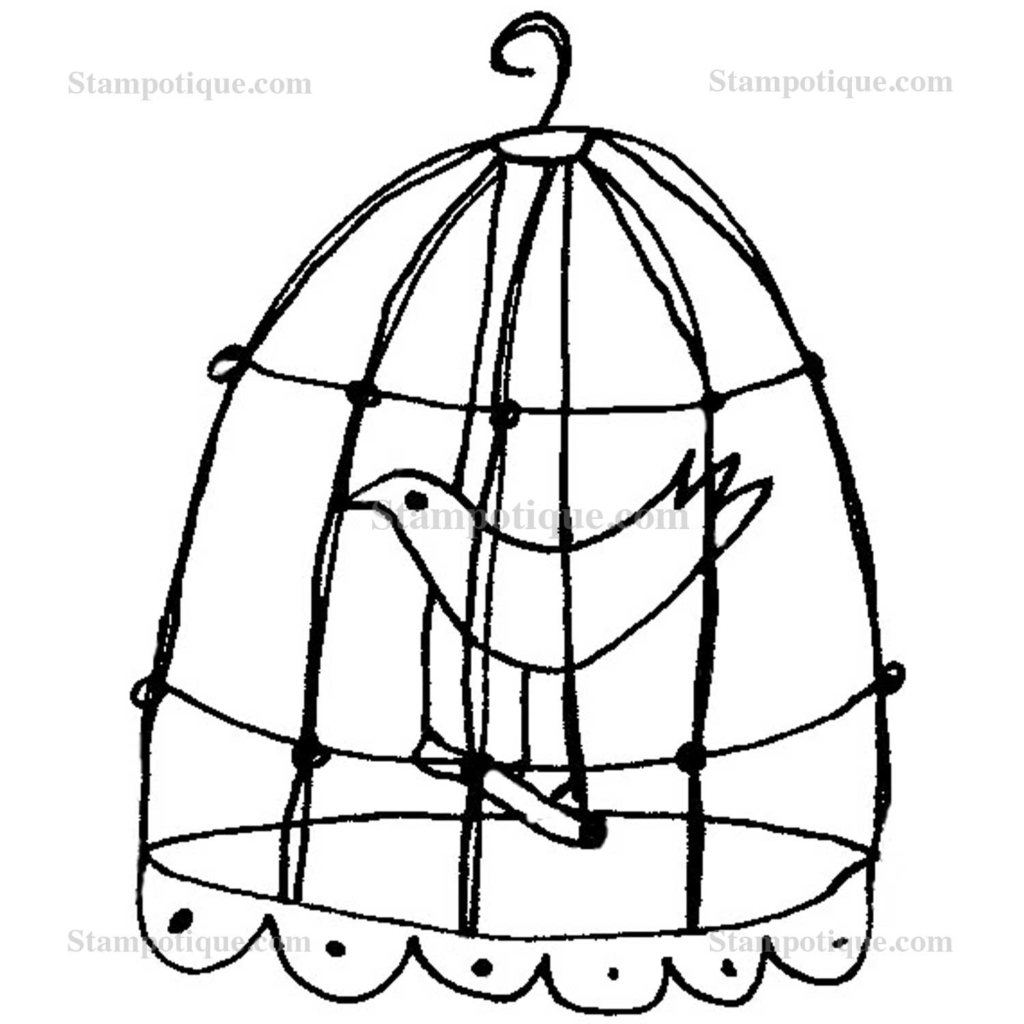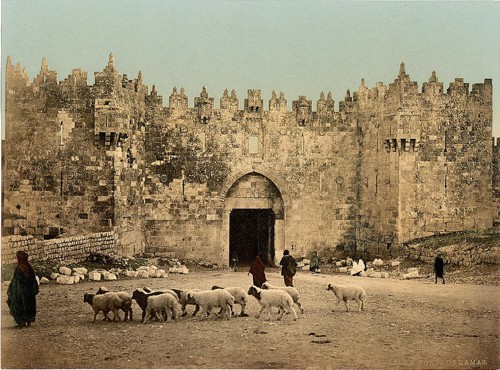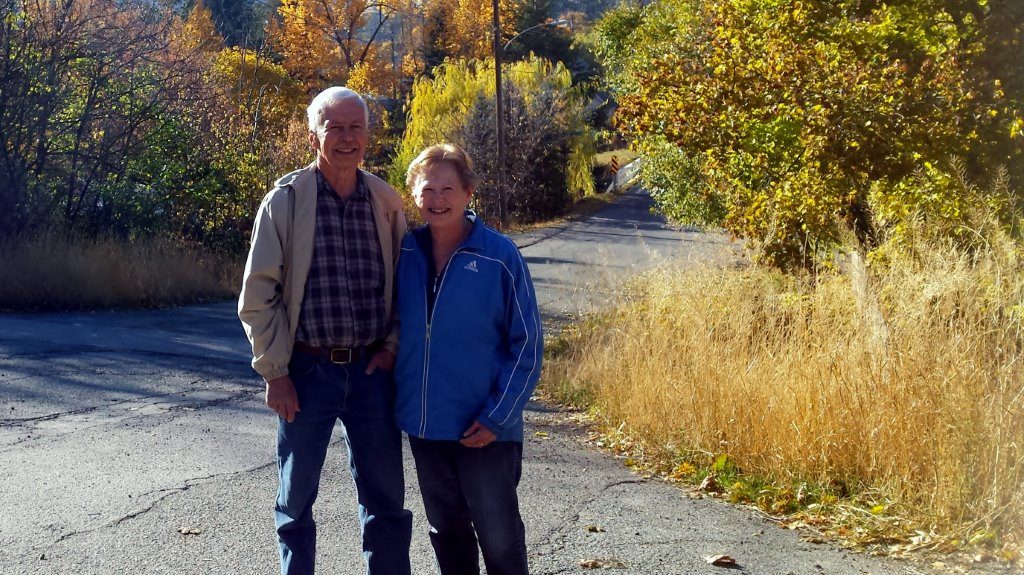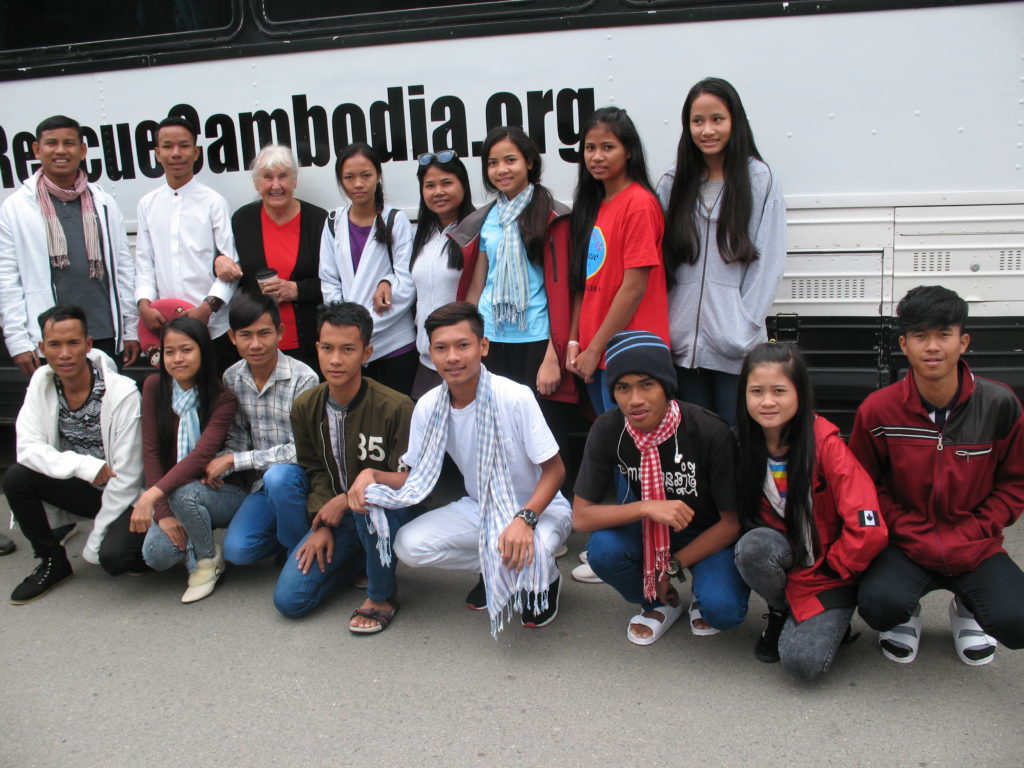
When Linda and I passed a large bus in Manning Park last week, I noticed the words “RescueCambodia.org emblazoned on its side. Curiosity immediately captured my mind and I hoped it would stop at the park lodge. I had questions.
Twenty minutes later we emerged from the lodge and I saw the bus, parked about 50 steps from our car. With camera in hand. I asked a distinguished appearing man for permission to take a few pictures. He agreed readily and several school age young people came out of the bus, apparently as curious about Linda and me as we were about them. As I began snapping pictures, others joined them.
Then a small elderly woman approached. She was introduced as Marie Ens, founder of Rescue Cambodia. We learned they were on a fund raising tour across Canada and the youths would be performing Cambodian dances at the Penticton Alliance church the next evening.
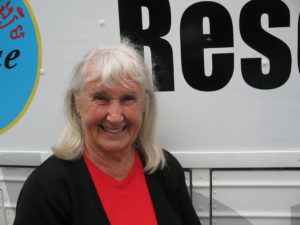
Wanting to know more, we drove to Penticton the following afternoon hoping Marie would have time for us. The conversation with her was an adventure. Her voice, facial expressions and body demeanor exuded unreserved resolve and passion. Nearly 84, the excitement for her mission has not abated. “My husband Norm and I served as missionaries in Cambodia many years,” she told us. “We were evacuated several times due to political and military crises, once when the merciless Khmer Rouge were advancing. We were always eager to come back. After Norm passed away, I was urged to return to Canada at age 66. I still wanted to live and serve in Cambodia though, so I went back. I was widowed, with no one supporting me, and only my pension to live on.”
Undaunted, she joined with 3 Cambodians and a missionary couple to start a center for families coping with HIV. Their 16 thatch and brick dwellings quickly filled. “With no anti-retroviral drugs available, the parents soon passed away leaving their precious children in our care.”
In 2003 they started an NGO and registered it with the Cambodian government. 10 homes were built, each with space for 10 orphans. When these were filled, they built another 10 homes.
They now operate 3 orphanages, one of which is the largest in Cambodia. “We have a school, medical clinic, meeting hall, library and pre-school. We also opened an office, built granny and staff housing, planted a large garden, and began raising chickens, ducks and rabbits.”
When students graduate from the school program, they can go to university. Rescue Cambodia pays their tuition and provides free accommodation in their House of New Dreams.
Leaning forward, Marie said with conviction, “The entire Rescue Cambodia operation is run by Cambodians. The teachers are Cambodian and the children are cared for by Cambodian mothers. The food is Cambodian. The children live like other children. We want their Cambodian identity to be firmly established in their hearts and minds. The Director, Sokthon Chhat is Cambodian. I’m an advisor.”
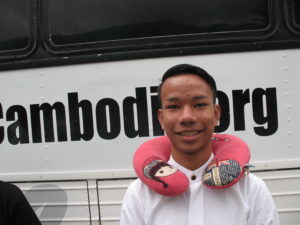
The government has taken note of the work being done by Rescue Cambodia and appreciates the emphasis on the country’s culture. The Prime Minister’s wife has visited several times, initially in her role as head of the Cambodian Red Cross. On one such visit Marie said to her, “I have a deep desire to become a Cambodian citizen.” The response was enthusiastic. “Anyone who has lived in our country as long as you deserves to be a citizen.”
Usually citizenship applications take considerable time and are costly. Marie received hers in a few days at no cost. It was signed by the king. On another visit the PM’s wife presented Marie with a medal of great distinction. “I had tears in my eyes,” Marie said. “She kissed me on both cheeks.”
The government evidently values what the organization is doing. It has provided some financial and other types of support. “They enlarged our water reservoir and cemented it,” Marie said. “They have also paved our long driveway.” When the Prime Minister showed up to see what was being done, Marie said, “in some countries we couldn’t do what we do here. We couldn’t speak of Jesus. But, this is Cambodia.” “Yes,” he responded. “This is Cambodia. We have freedom of religion.”
Rescue Cambodia demonstrates what is possible when individuals boldly commit to making a positive difference.

